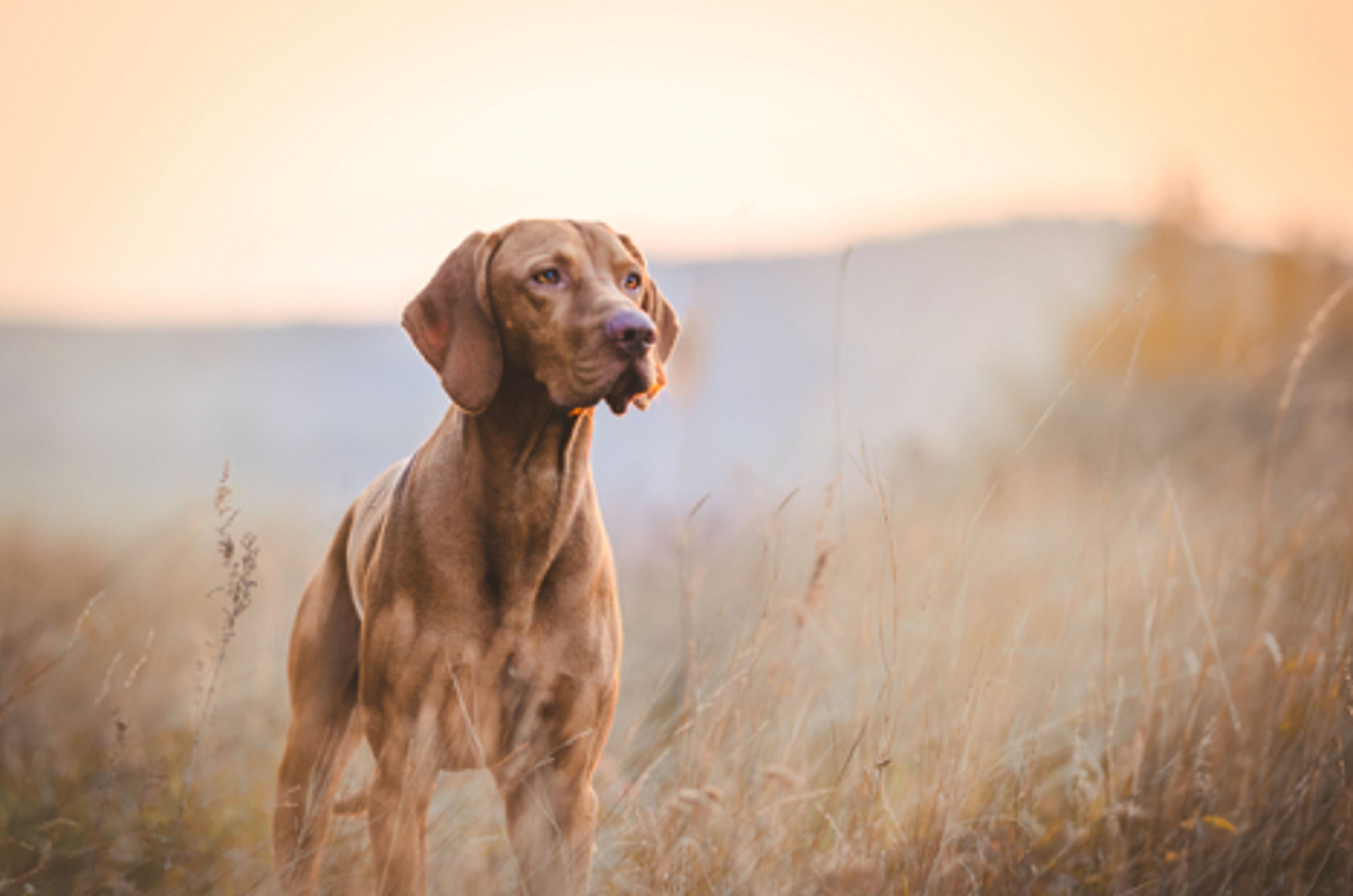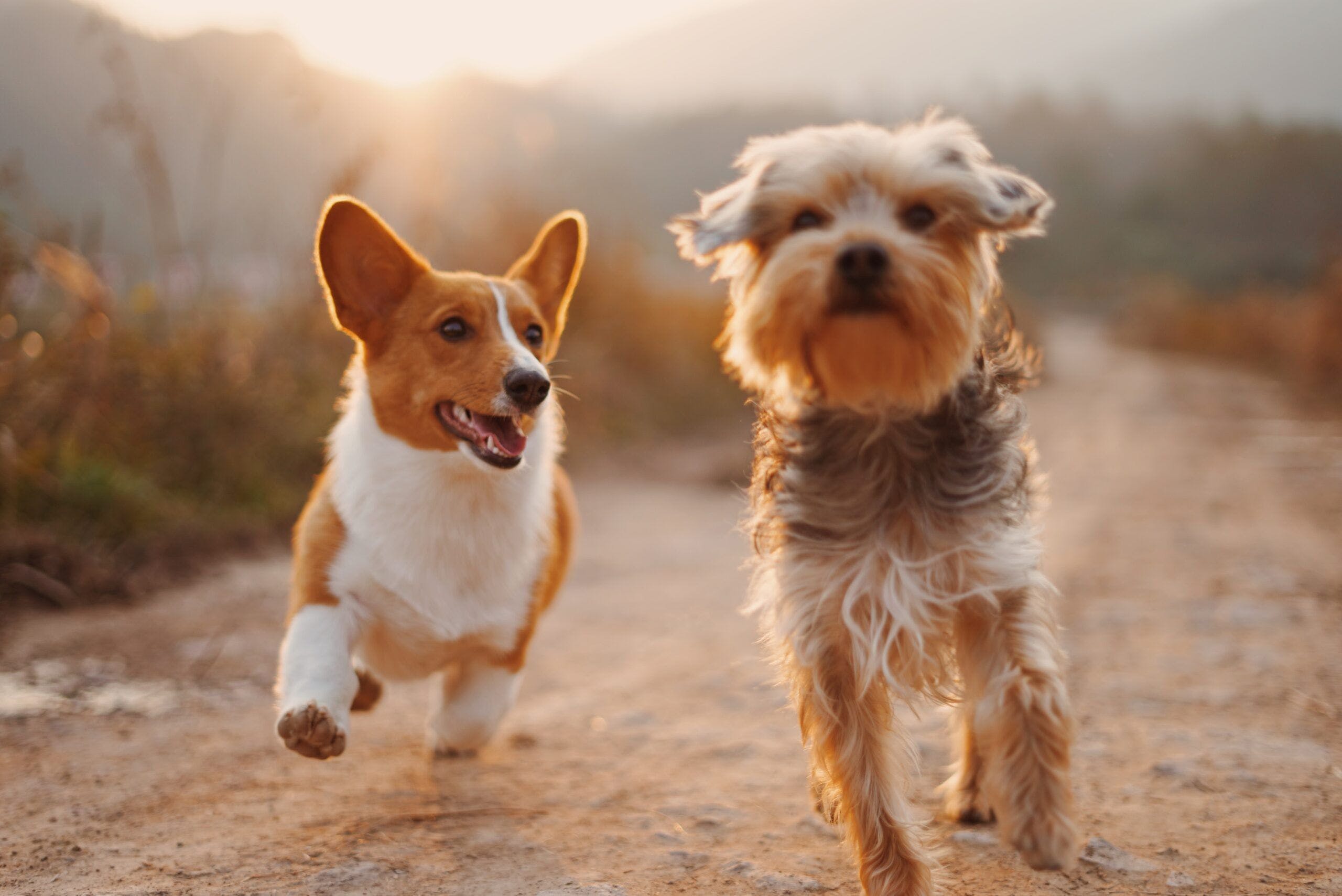Bird hunting is an ancient sport, and dogs make great companions for flushing, pointing, and retrieving all kinds of fowl. Humans have bred specific lines of dogs to bring out these instincts and strengths to create the best dog breeds for bird hunting.
Choosing the right breed of dog is as personal as choosing the best performance hunting gear for your expedition. Take into account what prey you are hunting and what tactics you use most often.
If you are looking for the best dog breed for your annual bird hunts, it is essential to find one that suits your hunting style and temperament. Together, you and your bird-hunting dog can bring home prized fowl for your dinner table and trophy wall. Check out this Guide To Breeding Dogs Responsibly to know why dog breeding is important.
The Three Groups
Bird-hunting dogs can be grouped into three main categories: flushers, pointers and retrievers. Hunters have canine companions from all breeds, but these groups seem to be the most well-suited and the most successful for bird hunting.
Hounds are the fourth group cited as excellent hunting dogs, but they are generally better suited for four-legged game like rabbits or squirrels rather than birds.
Here’s a brief rundown of each type of bird-hunting group, what they can do and the best dogs of the bunch.

Flushers
Most dog breeds that fall into this category are on the smaller side of a gun dog, but they have a ton of personality, which makes them fun at home or on the hunt.
Popular among upland hunters, flushers don’t stalk the bird as pointers do. Instead of finding a bird and holding–showing the hunter where the bird is–a flusher will work more actively to push the bird toward the hunter, running around the opposite side and herding the bird closer.
Some of the most exceptional dog breeds that fall into this category are the cocker spaniel, English springer spaniel and the Boykin spaniel. Each of these dogs uses a similar technique to help its human companions, but they have unique traits specific to their breed.
- Cocker Spaniel: Whether it’s the English or American cocker spaniel, this dog gets its name from its vital role in woodcock hunting. A hardworking and loyal gun dog, the cocker has a ton of adherents–hunters who will not hunt without their favorite flushing companion. It has an excellent nose and insatiable energy.
- English Springer Spaniel: This dog’s name comes from the way it springs at its prey, flushing it from the brush. Bigger than the cocker spaniels, they have energy and a rear-drive technique that makes them particularly useful in the field. This dog has an affectionate personality, which makes it a superb family dog as well as a bird-hunting companion.
- Boykin Spaniel: This dog breed is terrific at both upland and waterfowl hunting. An excellent swimmer with a rich chocolate coat that camouflages well, this breed descends from the Chesapeake Bay retriever and various pointers. The Boykin displays a unique pointing technique that is more akin to a hesitant flush rather than a standard pointer’s stance. This dog is a perfectionist and won’t flush a bird until it’s sure of itself.
Pointers
These dogs are intelligent and methodical, which makes them exceptional bird-hunting dogs. Training a pointer requires as much patience as the dog’s hunting methods. Typically, a pointer will scent a bird, locate it, stalk it, point and hold it while the hunter takes a shot.
- English Setter: Possibly holding the most luxurious pedigree out of any dog on this list, the setter is a magnificent hunting companion. English setters are an incredibly diverse group, with one adult looking very different from another due to the unique speckled pattern on the coat. Graceful and elegant, a well-trained English Setter can stalk turkey quietly. However, while this breed is top of the list for bird hunters, they are being cited as shedding a lot and being hard to housebreak.
- German Wirehaired Pointer: These dogs are unusually tough, which makes them outstanding companions in the field. Fitting for both upland and marshy hunting grounds, these dogs do not stop at any challenge. It’s always a disappointment to shoot a bird and watch it fall in an inaccessible place like the middle of a thicket. However, for the German wirehair, this type of challenge is part of the fun with an athletic, well-muscled body built to rummage around bushland.
- Vizsla: A beautiful hunting breed from Hungary, this dog can outperform retrievers in the marsh and is also suited to upland hunting. The critical aspect of training a Vizsla is patient communication. Vizslas are sensitive, and when subjected to harsh discipline, they can become moody and obstinate. Some owners have found an impenetrable communication barrier between them and their hunting companion if they yell at the dog one too many times.

Retrievers
Hunters swear by these dogs for upland bird hunting, but there are vocal supporters of retrievers in the marsh. You don’t need to train a retriever as intensely or for as long as you do a pointer.
The training is difficult, as you have to teach the dog to sit for hours at a time. But when the training kicks in, the rewards are many. The other benefit of these dogs is that they are excellent family pets.
- Labrador Retriever: This is the most popular dog in the U.S., and not just for the hunting community. Friendly, active, outgoing and easily trainable, this breed came to the States from England in the 19th century. A strong swimmer, this dog is excellent for marsh hunting, but there are no slouches in upland hunts either. For hunters who appreciate the pursuit of multiple types of prey, the Lab is also as valuable as your hunting gear for stalking whitetail. The key to the dog’s success and mainstream popularity is its strong urge to please its person.
- Chesapeake Bay Retriever: Chesapeake Bay Retrievers, or “Chessies,” are built a lot like labs, but they hunt and retrieve with an intense singularity. They’re a boon to bird hunters because they will jump into almost any water in any condition to get to a fallen duck. The origin story of Chessie is interesting as well. It began with two dogs that were pulled off a sinking ship in Maryland in 1807. They’re exceptionally well-adapted to waterfowl hunting as they are not deterred by cold or ice.
- Golden Retriever: Another popular dog in and out of the hunting community, this breed may not have the scrappy look of a great hunting dog with its golden locks and regal bearing. However, its incredible sense of smell sets it apart from other breeds. Hunters proclaim that the Golden Retriever’s unmatched sense of smell makes them the best upland retrievers in the dog world, but its love of water makes it a fantastic companion when duck hunting.

Final Words
Hunting on its own is a satisfying sport that provides challenges, outdoor experiences, and technical savvy. Hunting with a dog can make this sport even more rewarding, especially when accompanied by the best dog breeds for bird hunting.
For your perfect fit, choose a dog that matches your hunting style, temperament and home environment. Not only will you have an excellent hunting companion, but you’ll also have a lifelong friend.
Learn more about interesting dog breeds you should know about in this article on House of Coco.


Comments are closed.